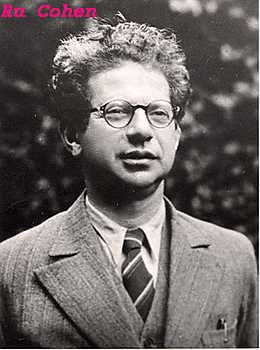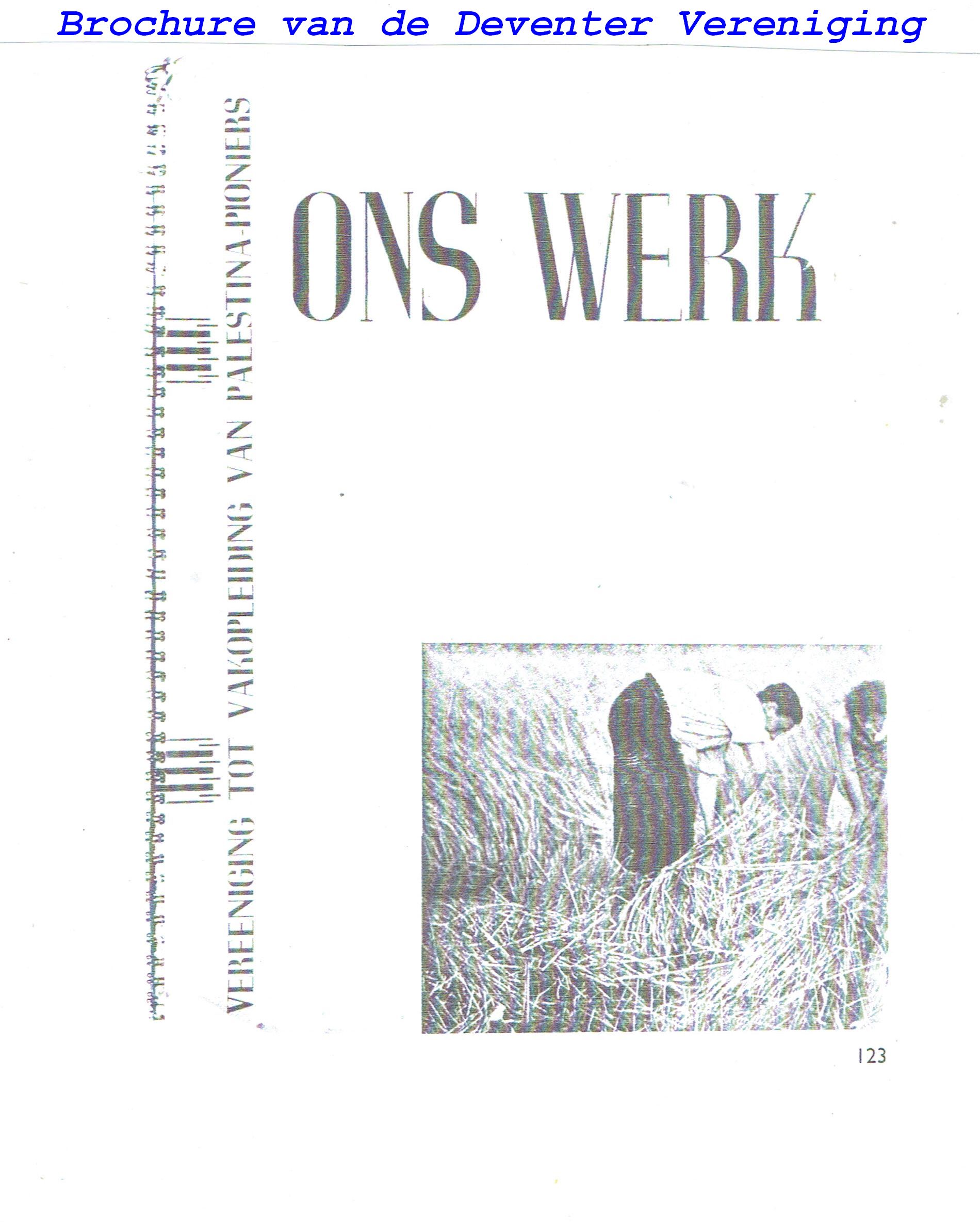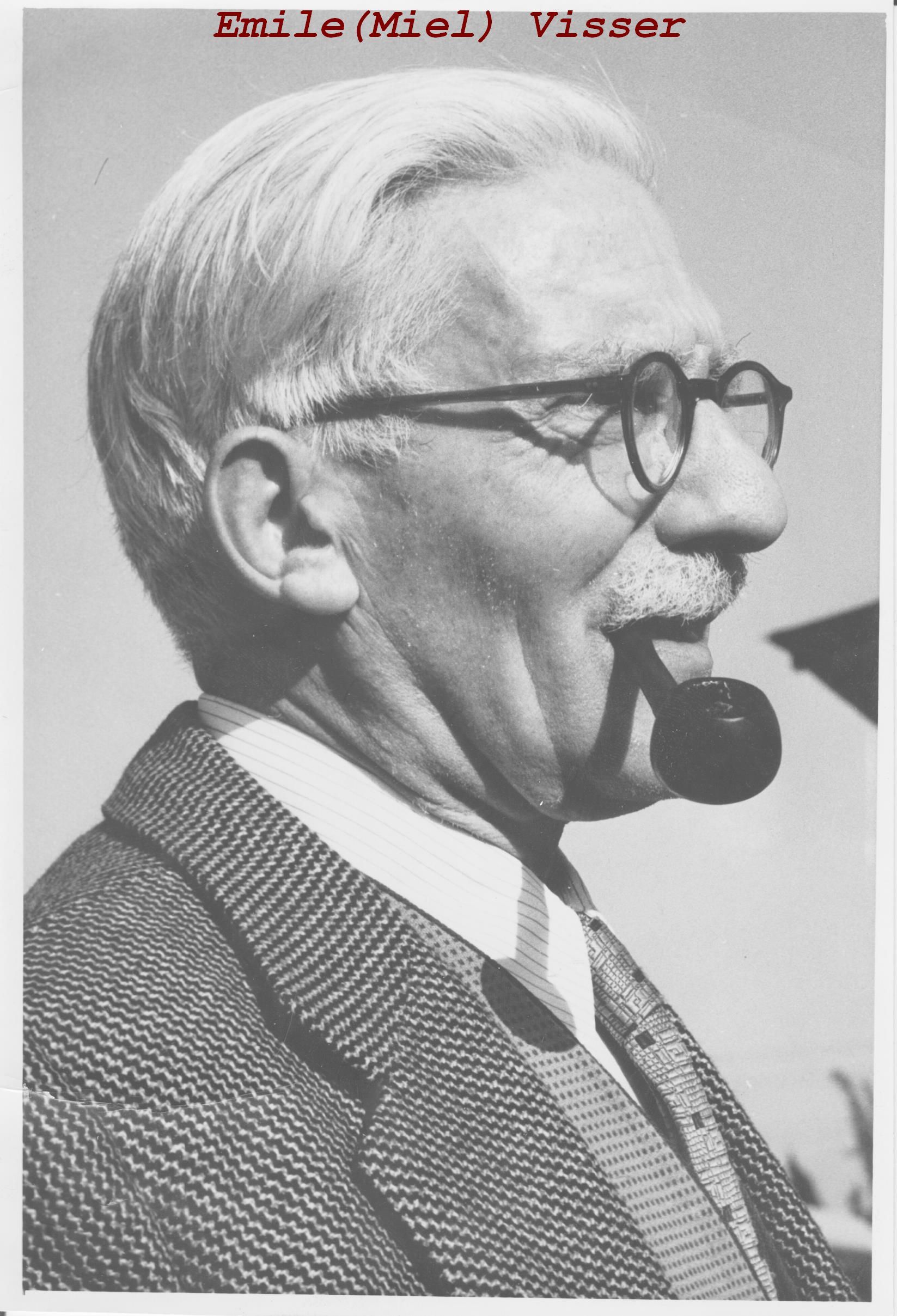The Deventer Society (De Deventer Vereniging)
Sources:
The National Library of the Netherlands (Koninklijke Bibliotheek)
“De Joodse gemeente in Deventer en omstreken” by H.J. van Baalen
NIW (29-05-1959 pag. 9 ; 12-01-1962, nr.10, pag.6: De Deventer Vereniging by M.Gerstenfeld)
Frankfort family tree (Amoetat Akevoth//Internet)
In our article about Deventer (in the Triptych’s subsection Kehilloth) the "Deventer Society", a society for the vocational training of Palestine Pioneers in the Netherlands, is briefly described. The Deventer community comprised several associations: two youth organisations, a drama society, a branch of the Dutch Zionists and a Zionist youth movement.
The vocational training centre for Palestine pioneers was established in 1918 and catered for hundreds of pioneers from the Netherlands and other countries (Germany, Austria and Czechoslovakia) during the pre-war period.
Ru and Chi Cohen from Deventer played an important role in the foundation of the Deventer Society. They helped prepare young Jews for an agricultural way of life, unusual in Jewish circles.
At the age of twenty their elder brother David set up the "Grensvereniging voor Emigranten" (border organisation for immigrants) to comfort Jewish immigrants at the border with a warm drink and words of welcome. He also negotiated with the Dutch authorities when their papers were not quite in order.
The Cohen brothers belonged to an important Jewish family in Deventer, and the Deventer Society played a crucial role in the pioneer movement in the Netherlands.
One of Ru Cohen’s first associates was Emile (Miel) Visser, who acted for many years as secretary or treasurer of the movement.
Emile, whose father had a butcher's shop in Deventer and knew many farmers in the area, was approached by a Zionist friend to try to find out if any of them would be willing to accept at their farm young people who had fled Antwerp during WW I and had settled in Holland. This was no easy task, since most farmers were convinced that Jews were probably good traders, but not good workers!
Soon however they became a sought-after work force, employed by many farmers all over the country. For theoretical subjects and cultural activities they convened in "Beth Haluz", the society’s building in Deventer.
Between 1934 and 1942 thirty-six of these Palestine pioneers prepared for emigration to Palestine, some of them becoming members of the Westerweel resistance group. One of the best-known was Max Windmuller who worked on the farm of the Ter Haar family. He did not survive the war.
Finance was a great problem. Part of the budget came from donations. Their training (“Hachsharah”) had to equip them for cultivating undeveloped areas in Palestine. It was also a requirement for obtaining a British immigration visa, known as the Palestine certificate, since Palestine was under British rule at the time.
Few such certificates were issued in the Netherlands, as Jews were no longer persecuted there and it had ceased to be an urgent matter. Furthermore it was difficult to obtain certificates due to Arab pressure on British authorities.
Until his deportation Ru Cohen’s commitment to these often needy young people was enormous. His supportive kindness and that of his spouse Eva Cohen-Koningsberger was legendary in the international Pioneer movement.
The youth hostel "De Kleine Haar" in Gorssel was specially equipped for the instruction of the pioneers, and 105 moved in there between June 1938 and March 1941. Ru Cohen was one of the leaders of the camp. Mr. Chi Cohen was in charge of the Palestine section dealing with certificate applications. He also functioned as editor of the Zionist publication "de Joodse Wachter".
For young pioneers under 18 a special course was organised: the Youth Aliyah at the Vondelhof in Amsterdam and at Pavillion Loosdrechtse Rade in Loosdrecht.
Agricultural training was organised at centres like the Zeijerveld near Assen and the workers’ village in the Wieringermeer. Jewish refugees from Germany were first put up in a building of the Teuge flight school. From there they often found accommodation in Gelderland and Twente to work at farms nearby. Between two work addresses they would stay at the society’s building in Deventer.
From 1933 the Dutch government’s policy towards refugees hardened considerably fearing that due to the prevailing crisis the arrival of the newcomers would affect the economic interests of the existing population adversely and would aggravate unemployment.
After the liberation in 1945, the Beth Chaluz in Deventer was opened again. Other hachshara centres were opened at de Catharina-hoeve in Gouda and in 's Graveland.
As before the war the training centres were divided into religious and secular. The religious training centre was called "Bachad"
ברית חלוצים דתיים
Leaders like Hans Mogendorff (later town architect of Be'er Sheva) and Elchanan Itali took the place of the murdered Ru and Chi Cohen.
The urge to leave for Palestine as soon as possible, often by means of what was then regarded as illegal immigration, and to play one’s part in the struggle for independence of the State of Israel meant the end of the hachshara movement in the Netherlands, for which the Deventer Society had laid the foundation.
Extracted from source:Yael (Lotje) Ben Lev-de Jong
Translated from Dutch:Michael Jamenfeld
Review:Ben Noach
End editing:Sara Kirby-Nieweg & Anthony (Tony) Kirby

|

|

|